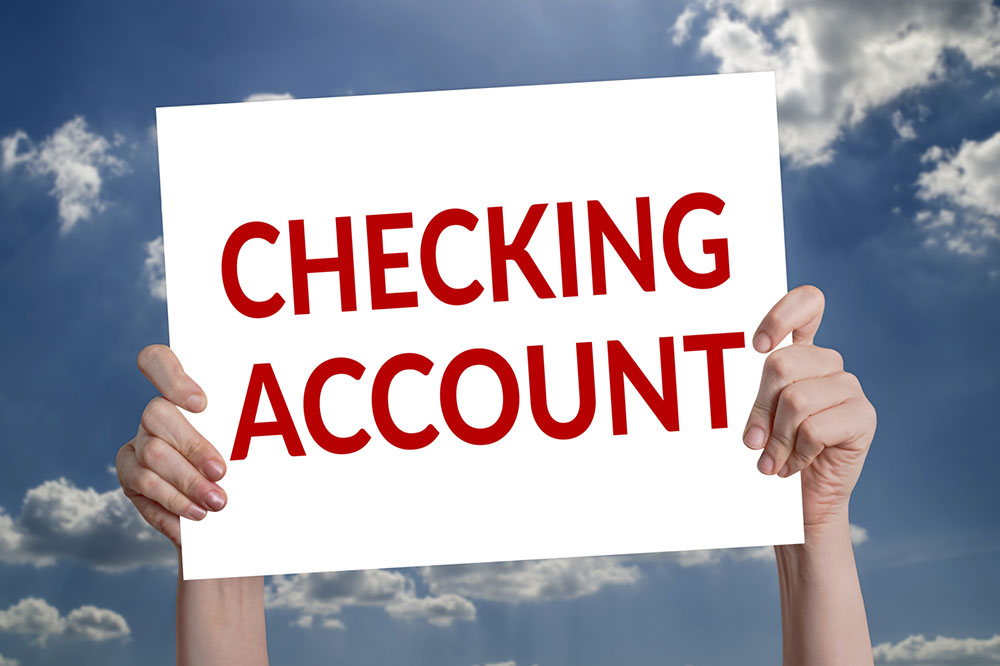Comprehensive Guide to Different Types of Checking Accounts
This comprehensive guide explores the different types of checking accounts, their features, and how to choose the best one for your financial needs. It covers standard, premium, interest-bearing, free, low-balance, and second-chance accounts, providing essential tips on selecting the right account based on minimum balance, fees, interest, and convenience. Whether you need a basic account or premium features, this article helps you understand available options and make informed decisions to optimize your banking experience.

Understanding Checking Accounts and Their Variations
Checking accounts serve as convenient accounts designed for day-to-day financial transactions, unlike savings accounts focused on accumulating interest. Funds deposited in a checking account are protected, insured up to $250,000 per depositor by the FDIC. With numerous account options available, selecting the right one can be challenging. First, let’s explore what checking accounts are.
What is a checking account?
A checking account is a deposit account held by banks or credit unions that allows easy deposits and withdrawals, providing flexibility for everyday banking needs.
Also called transactional or demand accounts, they offer liquidity and can be accessed via checks, electronic transfers, ATMs, and more. Unlike savings accounts, which limit transactions, checking accounts support unlimited deposits and withdrawals, making them ideal for managing daily expenses.
Choosing the appropriate checking account
Before opening an account, it’s essential to understand your financial habits and compare available options. Not all checking accounts are identical, and your financial situation influences your choice.
Minimum monthly balance
Determine the average balance you intend to keep. Some accounts require maintaining a specific minimum balance to avoid fees. Consider if your balance will stay consistent or fluctuate significantly over time. Be aware of accounts offering benefits like fee waivers for maintaining minimum balances.
Fees involved
Review all applicable fees. Many banks waive monthly fees if minimum balances are maintained. Also, check charges for in-branch transactions, ATM usage, or overdrafts. Opting for direct deposit and automatic payments can help minimize charges. Understanding the fee structure helps in saving money.
Interest earnings
Some checking accounts pay interest, although usually modest. If earning interest is a priority, look for accounts that offer interest on balances, often calculated daily and paid monthly. Consider whether the interest rate justifies any associated fees.
Convenience and access
If you prefer in-person service, accounts with physical branches are suitable. For digital natives, online-only accounts provide ease of access via mobile apps and ATMs across networks. While digital accounts lack teller services, they often include ATM fee reimbursements and robust online banking features.
Having understood basic criteria, let’s explore various types of checking accounts available.
Types of checking accounts
Standard Checking
Designed for everyday use, standard checking accounts allow deposits, withdrawals, bill payments, check writing, and debit card transactions. Many banks waive monthly fees if minimum balances are met. Usually, interest payment is minimal or none, making them suitable for basic banking needs.
Premium Checking
Ideal for high-balance holders (e.g., $10,000 or more). Such accounts often waive fees, reimburse ATM charges, and include perks like preferred rates on loans or discounts on banking services. However, if your goal is earning higher interest or flexibility in emergencies, consider other options like investments or savings accounts.
Interest Checking
These accounts offer modest interest on balances, with rates varying based on the amount kept. Although the interest tends to be lower than inflation, they combine transaction flexibility with earning potential. Watch out for high fees that might negate interest gains.
Fee-Free Accounts
Some checking accounts eliminate monthly maintenance charges and minimum balance requirements. Be aware that certain services, like check issuance, foreign transactions, or overdraft protection, might incur fees. Confirm if interest is paid, as not all free accounts offer this.
Low-Balance or Basic Accounts
Geared toward customers with limited balances, these accounts allow minimal funds with restrictions such as electronic statements and limited check writing. They’re ideal for budget-conscious individuals needing essential banking services without high fees.
Second-Chance Accounts
For those rebuilding their banking history after account closures due to unpaid balances, these accounts provide a fresh start. They come with certain restrictions and monthly fees but can lead to regular accounts after demonstrating responsible use over time.
Banks verify previous checking accounts through credit and ChexSystems reports. If application denial occurs, requesting your report helps identify and correct errors.
In summary, selecting the right checking account depends on your financial habits and goals. Ensure all documentation is accurate to avoid issues when opening an account.










